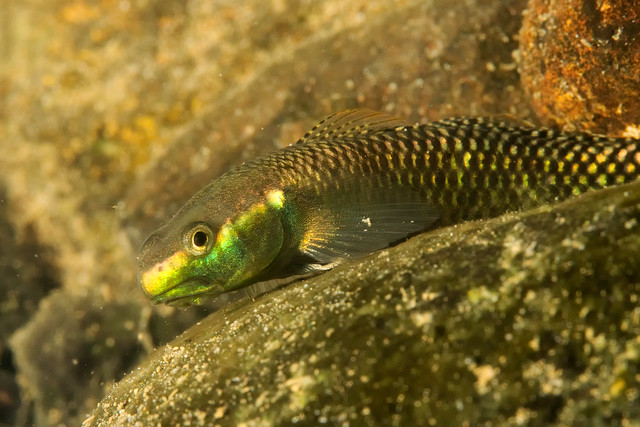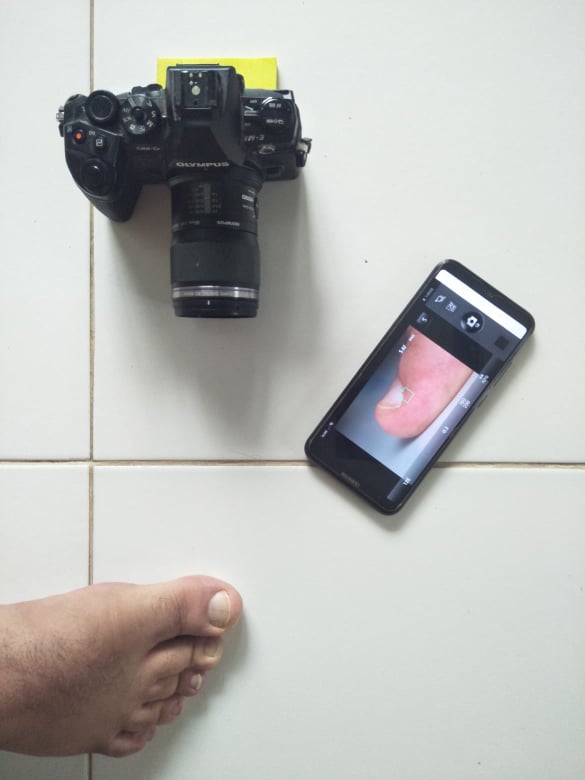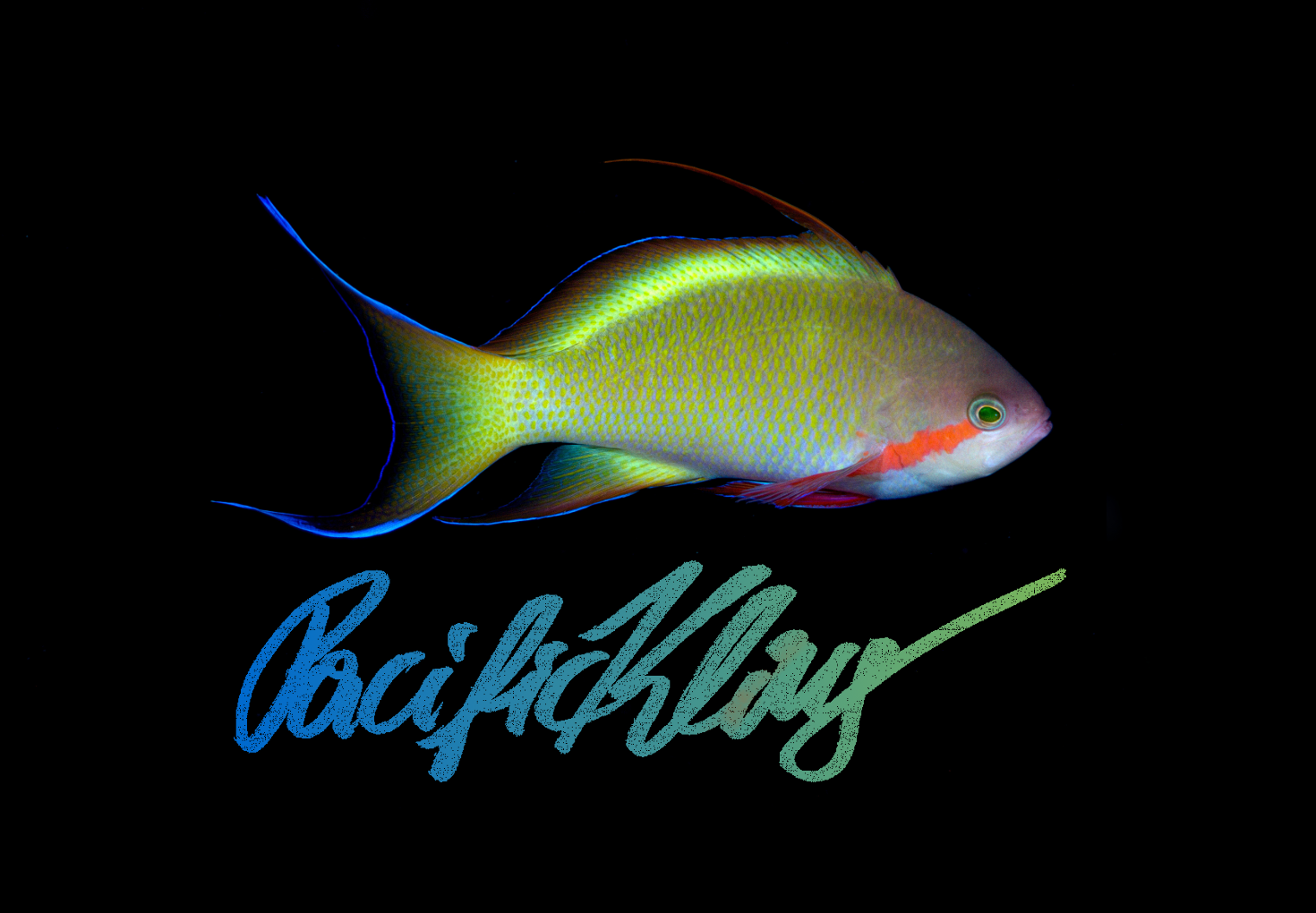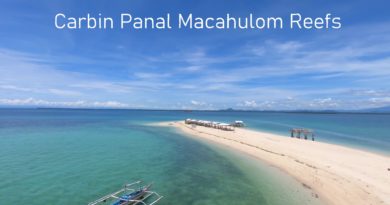Shooting Freshwater Gobies
Negros Island in the central Philippines is a high volcanic island, rising up to 2200 meters above sea level. It’s a big island, too, it will take you about 2 days to drive all around it on its coastal road. The island is home to several million people, and it’s divided into two Philippine provinces. This is not yet what the island biogeographers call a “mini continent”, but it’s certainly more than a sand-bank with a few palm trees.
Goby Hunt
Such a big island will have a well-developed freshwater fish fauna. During the last few weeks my friend and colleague Likko Tiongson and I went on a few freshwater goby expeditions in locations near Dumaguete.
We were quite successful, and we got some quality shots and even a bit of goby footage.
This is a male Stiphodon atropurpureus, you can tell that it’s a male fish by the coloration on its head. Many of these freshwater gobies seem to be sexually dimorphic, with females and males colored differently. These fish are amphidromous, meaning that they spend their time as larvae in the ocean and then swim upstream once they develop into adults.
This fish feeds by scraping algae off rocks, it does that with the same curious hectic motion seen in many catfish species. We managed to film the goby while feeding:
Oxygen Bubble Bath
I am especially excited about this image – it might be one of the smallest freshwater fishes ever photographed on Negros, a juvenile probably just a few days after settlement. The bubbles around the fish are oxygen produced by the creek’s algae’s photosynthesis. Even after consulting top experts we are not sure about the species.
Goby Photography Techniques
Photographing skittish fish in shallow creeks is hard. You really need to go low with your camera to get good photographs of these freshwater gobies. The local kids enjoyed helping with our goby hunt, and sometimes spotted the fish before we did. The creeks and rivers which we visited are not pristine, the kids and their families live next to them. The locals – in the absence of alternatives – use the rivers for use-water, but the population density is low enough that the water is still clean enough for fish to live in it.
View this post on Instagram
#Fish biologist doing fieldwork with volunteer field assistants. #philippines🇵🇭 #goby #ichthyology
Sometimes it’s simply too hard to bend down in yoga-like contortions until a goby is in frame, so we used the remote control function of the Olympus EM1 camera. It’s possible to operate it via a smartphone, as demonstrated with my toe in the image below. At the Ocoy river, one of us would lower the camera (in an underwater housing) into the water, while the other one would direct where to point it, and snap a shot once a fish was in the field of view. This works well when the water is very shallow; once the complete housing is submerged, the wifi connection between camera and smart phone breaks off.
Lots left to Discover
We found a number of different species of gobies, some of which we couldn’t even readily ID. Not too many people explore the freshwater fish fauna of Negros, and it’s chronically hard to keep apart small and well camouflaged fishes.
The goby below is another rarity – a species of goby of the genus Psammogobius, we also had to consult the Twitter fish community, Helen Larson let us know the correct ID for this well camouflaged goby.
We saw a few more native fish species which we hope too photograph in the near future. We also encountered invasive species, such as Tilaipa and tadpoles of cane toads. The presence of such invasives is an unfortunate constant on most island in the anthropocene. Still, the native fish fauna seems resilient enough to persist in the face of these ecosystem-invaders. Invasive fish species can be highly problematic, but how much damage they exactly do depends on a combination of factors specific to the invaders and the native fauna. Gobies are tough.






